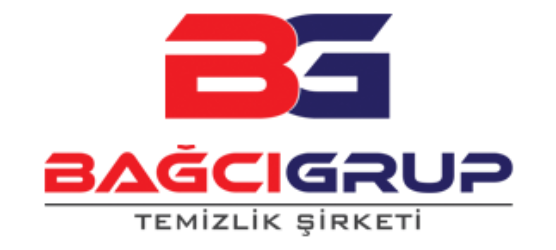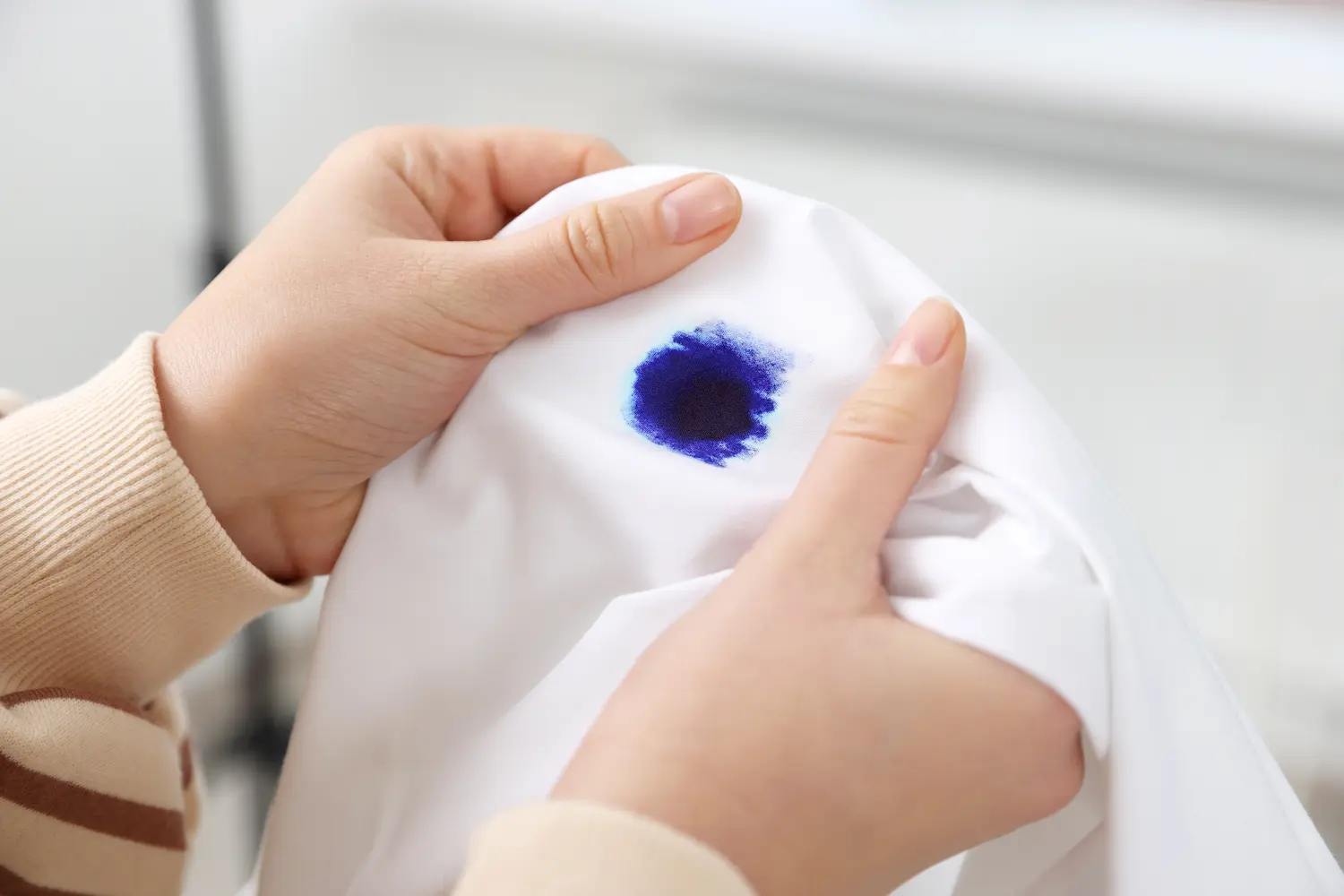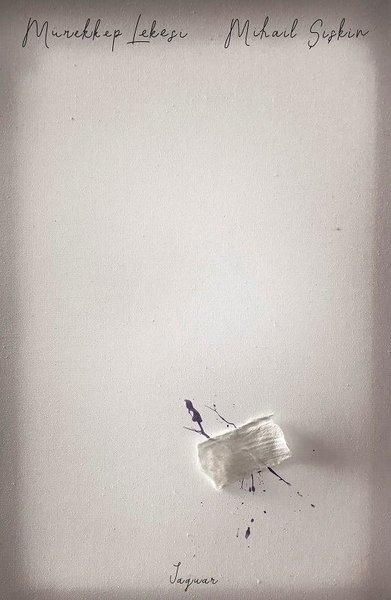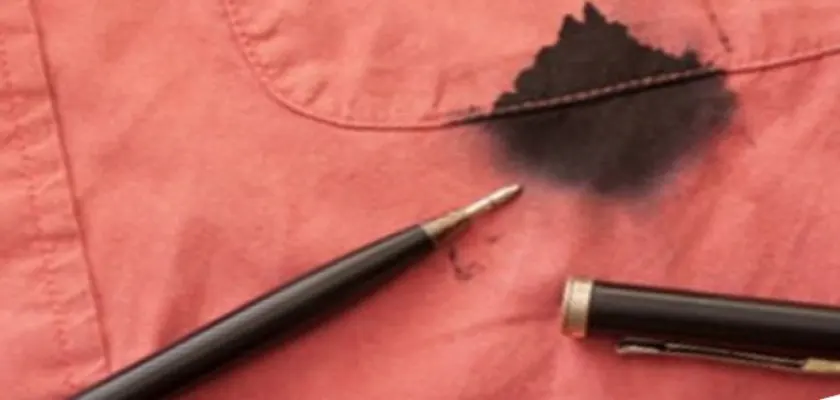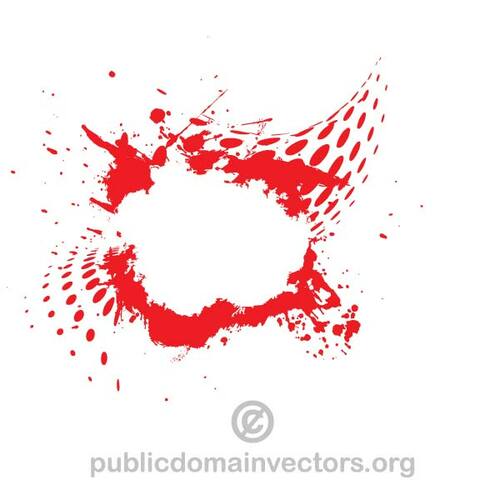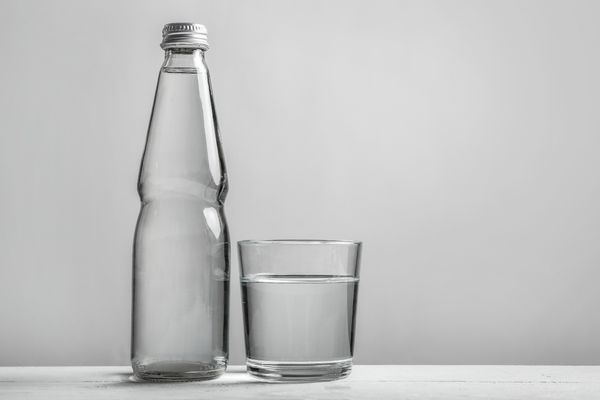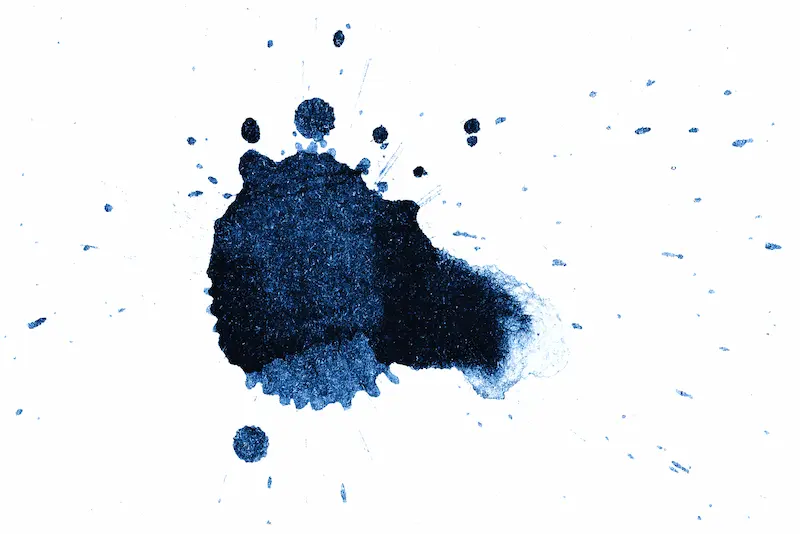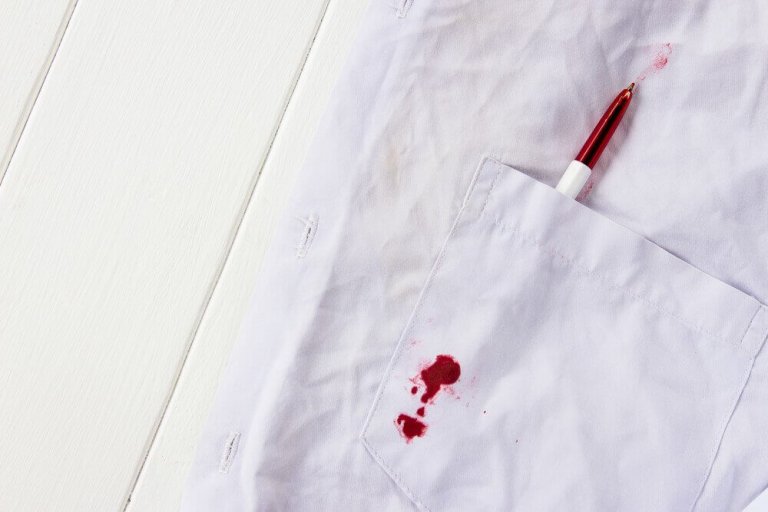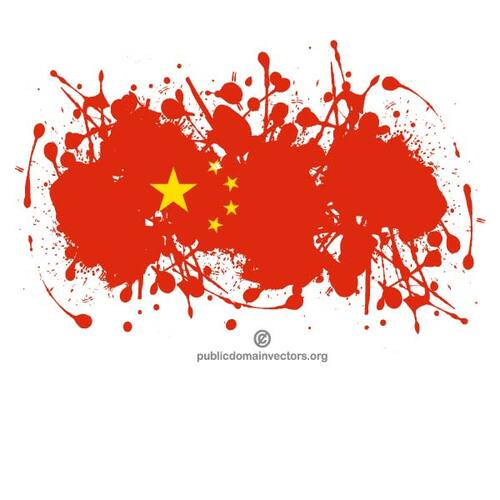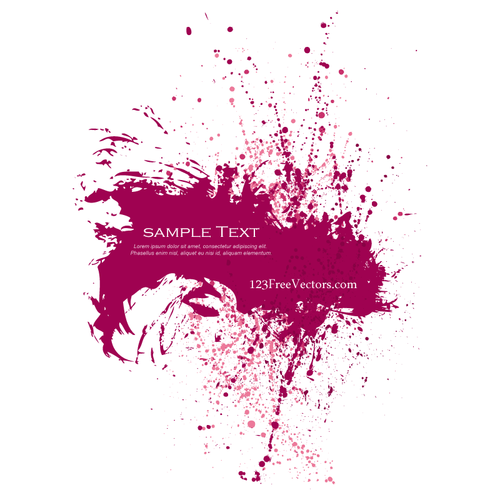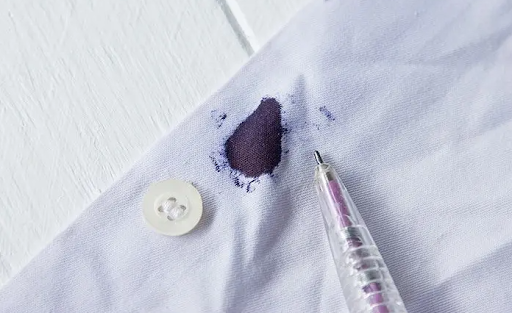
Kırmızı leke illüstrasyon, Fırça Suluboya resim Sanat mağazası eklentisi, Kan Sıçraması s, çeşitli, mürekkep, diğerleri png | PNGWing

Suluboya Kırmızı Kan Lekesi Splash Mürekkep Soyut Dekorasyon | png görüntüleri PSD bedava indir - Pikbest

Damla Kan Vektör Kırmızı Mürekkep Lekesi Lekeleri Ve Sıçraması İzole Gerçekçi Boya Bırakır Tasarım Öğeleri Stok Vektör Sanatı & Belarus'nin Daha Fazla Görseli - iStock

Erik çiçeği Çin Boyama Mürekkep Lekesi Suluboya çizim Kırmızı Erik | png görüntüleri PSD bedava indir - Pikbest

PembeNar - Çantadan mürekkep lekesi nasıl çıkar? Pamuğu sirkeye batırıp lekeyi silin. Ayrıca bu yöntemle çantanın kalitesini ve orjinalliğini de test edebilirsiniz. Pamukta boya olmaması gerekiyor 😉 | Facebook

